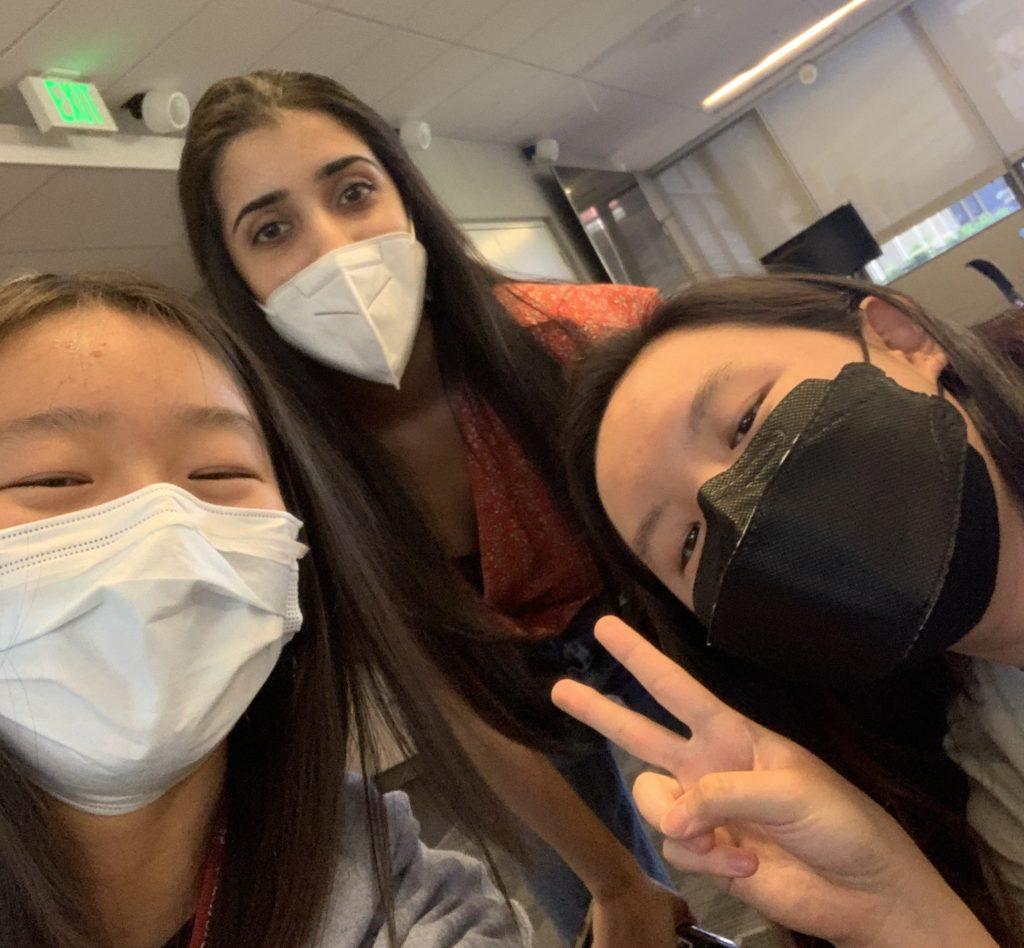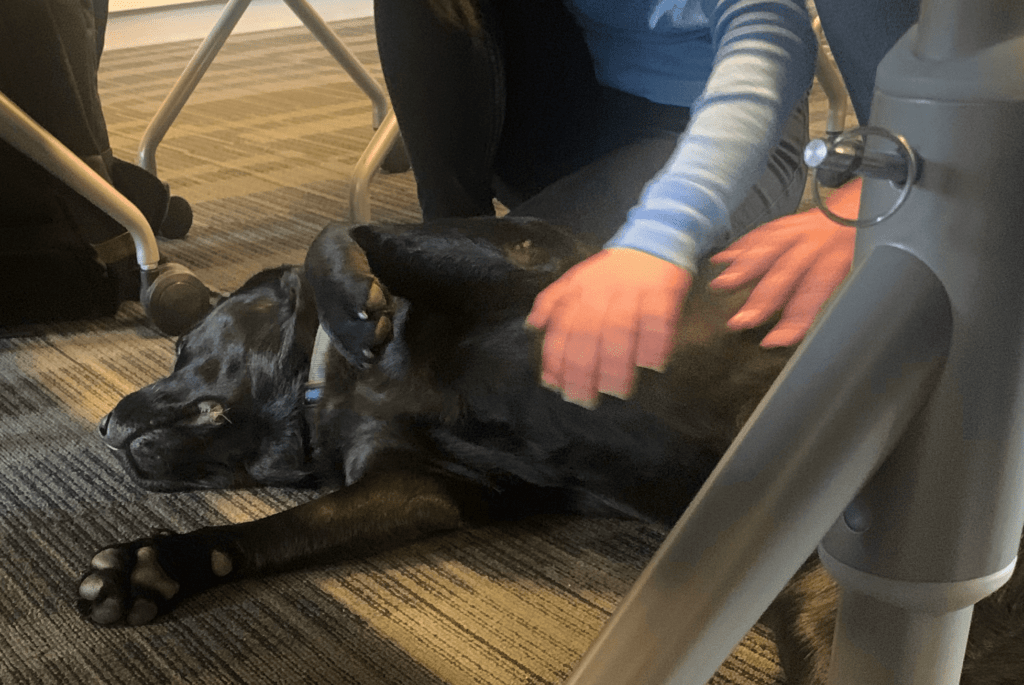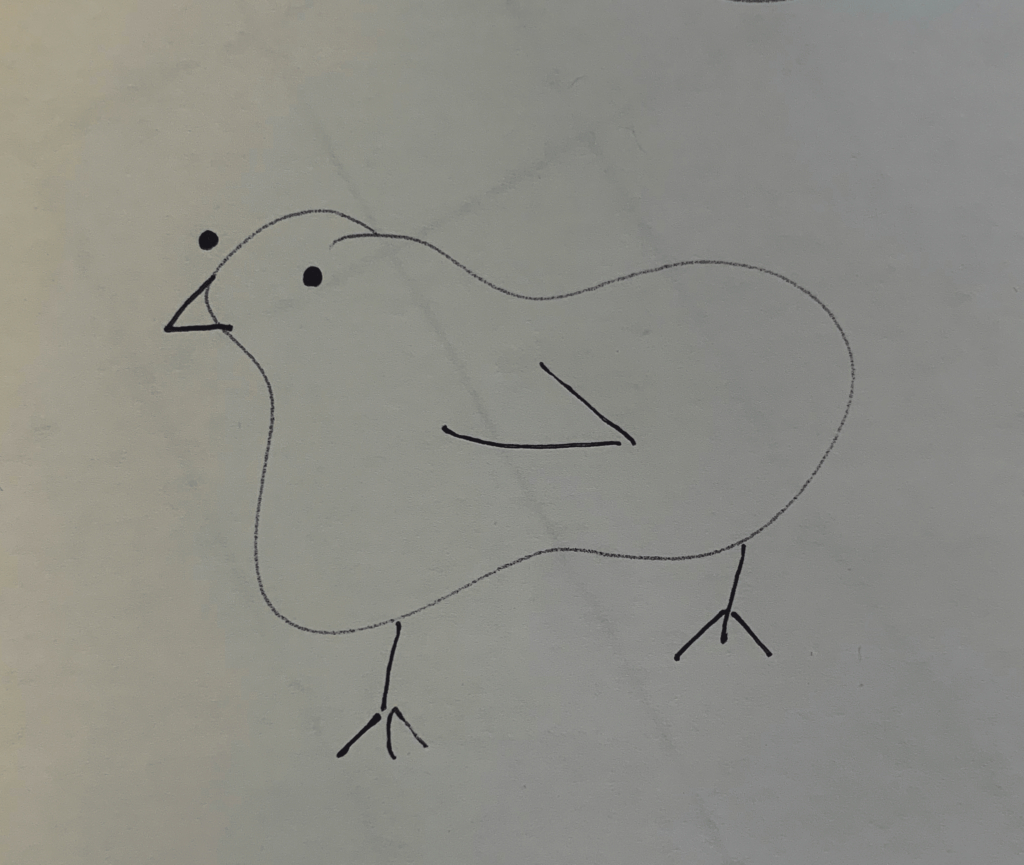This class was an absolute delight to be in! I initially wanted to take it purely due to interest, as I have always been interested in game design and the process behind making impactful games, but I never expected all the fun and joy involved in the class. I really enjoyed getting to know so many different people and their perspectives on games (and life in general), and I would take this class again in a heartbeat (if I didn’t have to think about graduation requirements…). 🙂
Before this class, I was intimidated by game design. I personally wanted to try making a game by myself before, but always stopped short of starting. I’d watched videos following the development process of games, from indie titles to big name games, and appreciated the details that went into making a great game. But the whole process to just little ol’ me felt like a giant monolith, full of high expectations for myself after having seen so many great games. Of course, there was no way that I was going to make a game as clean as Hades on my first try, but I wanted to put a proportional amount of thought into making a game. I just didn’t know how to organize that for myself. This class definitely changed that! It helped break down the process into smaller, understandable, and more meaningful chunks. It made me appreciate each aspect in more detail, from learning the formal elements that provide a framework for every game, to understanding how the fine details in puzzle/map/challenge design can really change the player experience. (Honestly speaking, maybe I also needed the pressure of being held accountable, whether that be in a class or group project, to push me along through the development process.) Overall, the class really cemented the game development process as a cycle, one where you make mistakes, learn from them, and improve on them.
Project 1 was quite out of my comfort zone, as I had never thought much about the design of analog games before. Balancing a game amongst players proved to be quite tricky, and I found myself considering how the format of the game would affect the ease-of-play. The class lecture on physical design of board games was helpful; I hadn’t considered that a playmat could be a great way to deliver the rules of a game with minimal words, while also pacing the gameplay. In general, that lecture made me consider and apply things that I took for granted in analog games. From visual aesthetic, to the size and shape of cards and pieces, it was interesting to consider all the consequences of these design choices. The rapid testing and iteration of this project was probably the most fun part, but it was tempered by having to keep feasible adjustments in mind. Questions such as “would this change be fun for other people?” and “are there any negative situations that might arise from this change?” were questions that frequently shaped the outcome of the project. Having these considerations when designing was the biggest skill I applied for this project.
Project 2 allowed me to apply more of the narrative architecture concepts that we discussed in class. Along with the corresponding sketchnote/mindmap, the idea of an embedded narrative was one of the core choices made in shaping the final game. We knew that we wanted to incorporate unique images produced by the Dall-E Mini, so why not make a game that revolves on the uniqueness of objects? The main challenge was pacing the narrative progression in the puzzles that we created. They had to make sense in the world, while also not being too difficult or hidden from the player. If we want the player to make sense of the world and story on their own, we have to guide them just enough, and place things meaningfully. This resulted in some really fun and interesting map designs, and I enjoyed iterating through different designs. By this point, I really learned how to ask questions and apply feedback from playtesting. I personally feel that I’ve improved in my mindset as a playtester, and thinking from that perspective as I go through adjusting a game. I can definitely say that I’ve improved in my intuition as a game designer by the end of this!
One skill that I enjoyed practicing, though not part of game design strictly, was sketchnoting. Outside of this class, I decided to practice by sketchnoting along with my seminar class, which was very technical. (I had always been a visual person before, so why not?) It was definitely a good way to get better at them! They really helped me see the larger picture of each talk, rather fretting about all the small details. I’d hopefully like to take notes like these in future classes!
If you made it this far in reading my reflection, I just want to say thank you to everyone that I’ve interacted with in this class, particularly my friends, the teaching staff, and Christina. Games and game design was always a little dream of mine that I’d never thought I’d get to act on (for a variety of reasons), let alone learn about and work with in a class here at Stanford. I’m grateful that this class was so engaging and interactive, but also that it gave me the space to let my inner child have fun (something that I’ve lacked quite a bit during my years here). I definitely want to work in this space going forward, and keep building on what I’ve learned here (who knows… I might want to get involved in teaching this class sometime…). There’s a lot that I can’t quite put into words, but at a very least, this class encouraged me to love learning again. <3
P.S. (That was very sappy but true.) I also wish I could give Nina more pets, she is a true MVP.
Here’s an overview of some memorable things:





